Gallery
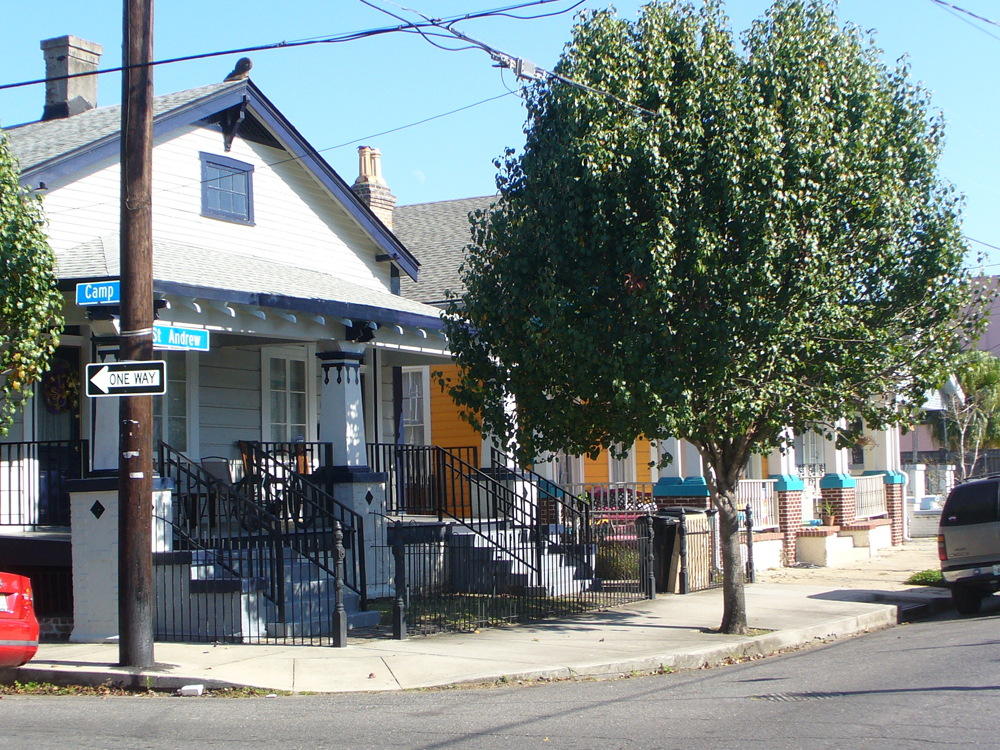 “The Channel before the war had been somewhat of New Orleans’ answer to Harlem but on a smaller scale—proud, working class, and ethnic. The name is somewhat of a misnomer: Even in its heyday, there were as many poor Italians who called it home a there were Irish.”
“The Channel before the war had been somewhat of New Orleans’ answer to Harlem but on a smaller scale—proud, working class, and ethnic. The name is somewhat of a misnomer: Even in its heyday, there were as many poor Italians who called it home a there were Irish.”
 “It seemed we had only driven a few blocks when the oaken canopy over Gentilly gave way to barren utility poles ad crass billboards advertising cheap vodka and negro cosmetic products. ‘Lock your doors,’ admonished one of the sisters, for I had unwittingly crossed over the unmarked but all too psychologically real boundary between Gentilly and what had become known in recent decades as ‘New Orleans East.’”
“It seemed we had only driven a few blocks when the oaken canopy over Gentilly gave way to barren utility poles ad crass billboards advertising cheap vodka and negro cosmetic products. ‘Lock your doors,’ admonished one of the sisters, for I had unwittingly crossed over the unmarked but all too psychologically real boundary between Gentilly and what had become known in recent decades as ‘New Orleans East.’”
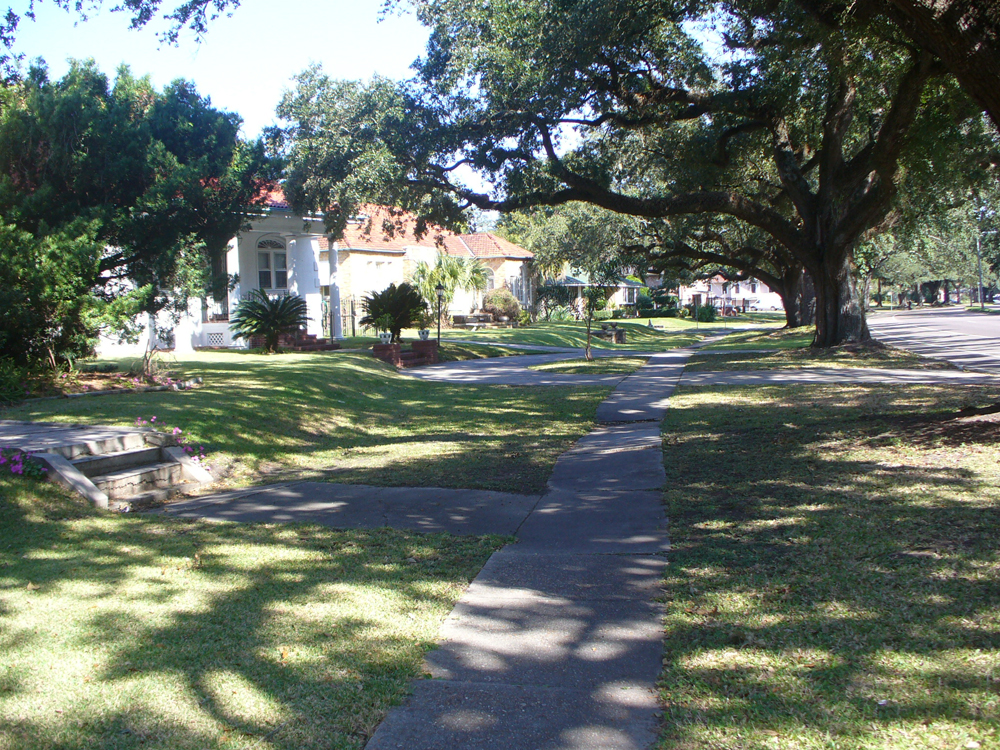 “The neighborhood of Gentilly Terrace was developed in the early twentieth century on beautiful terraced lots along Gentilly Boulevard. To passing motorists, the houses of Gentilly Terrace present a strikingly regal view, resting several feet above street level, a most unusual phenomenon in a city so otherwise topographical monotonous as New Orleans.”
“The neighborhood of Gentilly Terrace was developed in the early twentieth century on beautiful terraced lots along Gentilly Boulevard. To passing motorists, the houses of Gentilly Terrace present a strikingly regal view, resting several feet above street level, a most unusual phenomenon in a city so otherwise topographical monotonous as New Orleans.”
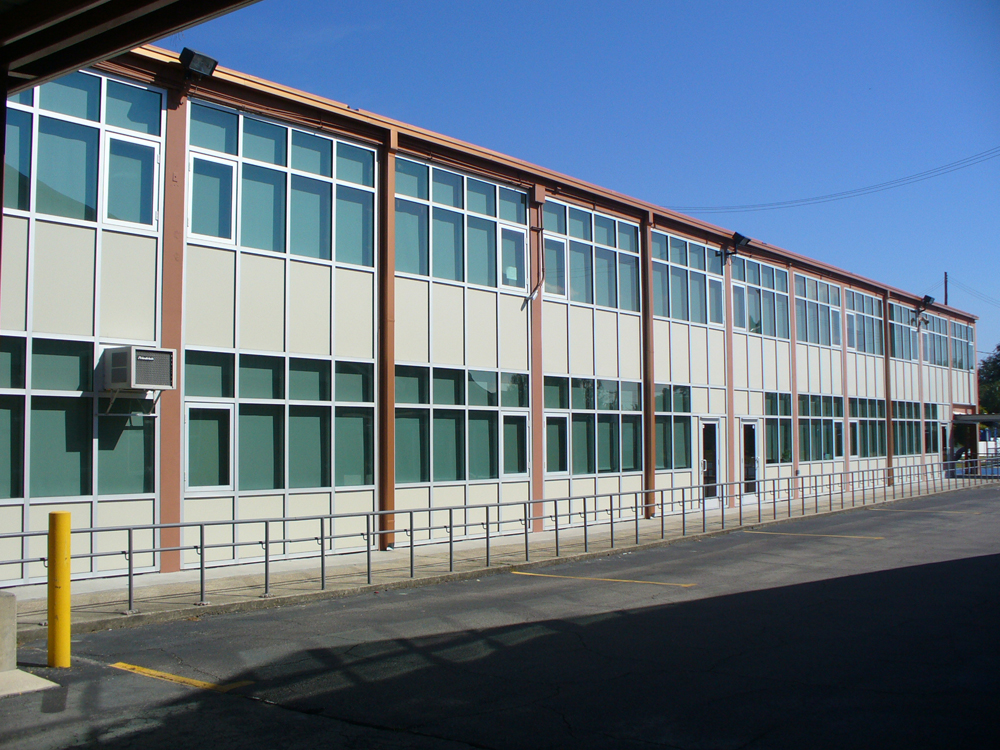 “I’ll never forget the first time I saw Holy Gates Elementary. I thought it was a carpet warehouse or some sort of military storage facility. Only later did I realize that all of the schools built by the Church during that era looked like this. . . .Structurally I would compare them to a marine barracks with all the architectural panache of a terrarium.”
“I’ll never forget the first time I saw Holy Gates Elementary. I thought it was a carpet warehouse or some sort of military storage facility. Only later did I realize that all of the schools built by the Church during that era looked like this. . . .Structurally I would compare them to a marine barracks with all the architectural panache of a terrarium.”
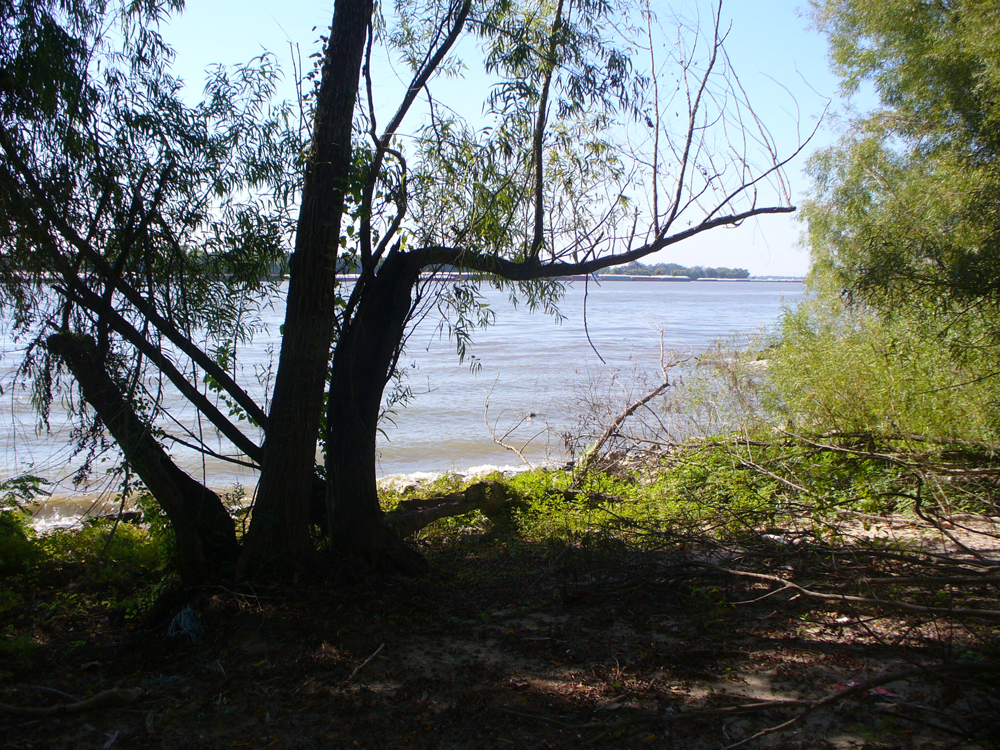 “I was thirteen when Tony first led us to what became our own private spot on the river. . . .Our destination was an old rusted barge that we made our meeting place. Like the river itself, it was invisible from the levee, obscured by the thick growth of trees and weeds that in the summertime was almost impenetrable.”
“I was thirteen when Tony first led us to what became our own private spot on the river. . . .Our destination was an old rusted barge that we made our meeting place. Like the river itself, it was invisible from the levee, obscured by the thick growth of trees and weeds that in the summertime was almost impenetrable.”
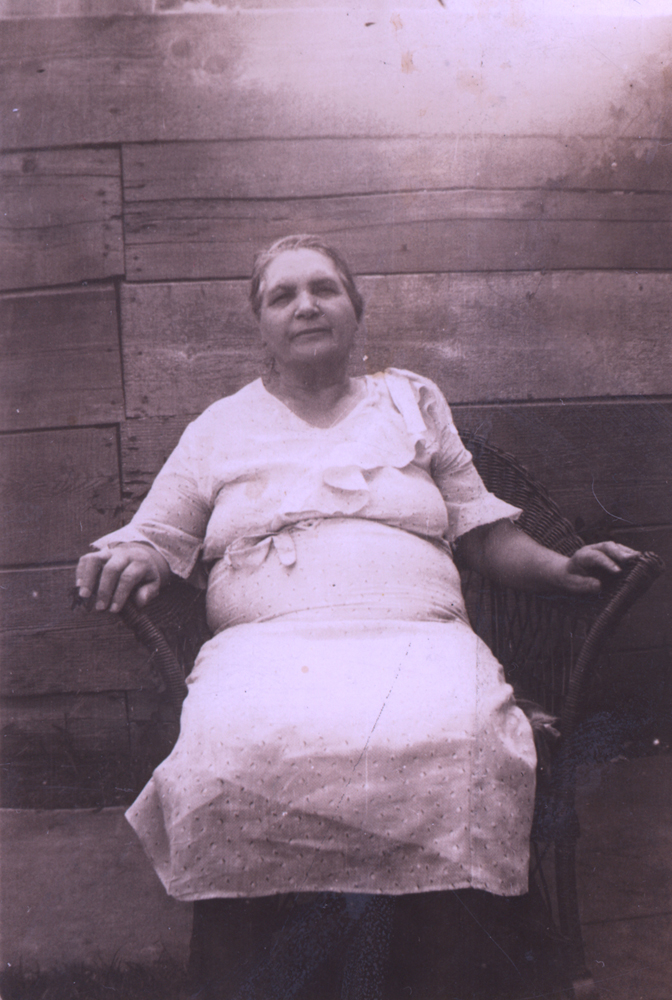 “She had gotten immense in her last years. Her breasts were huge; like her nose and ears, they seemed to have never stopped growing. Bags collected in layers under her eyes, which drooped so that you could see the bloody softness under her eyeballs. I thought it was the weight of her ears and nose pulling down the flaccid skin of her face. . . .My mother was certainly right about Mama Miggliore’s looks. In the most flattering photographs I’ve seen, the best you could say is that she appears handsome, like a younger Gertrude Stein before she turned into a man.”
“She had gotten immense in her last years. Her breasts were huge; like her nose and ears, they seemed to have never stopped growing. Bags collected in layers under her eyes, which drooped so that you could see the bloody softness under her eyeballs. I thought it was the weight of her ears and nose pulling down the flaccid skin of her face. . . .My mother was certainly right about Mama Miggliore’s looks. In the most flattering photographs I’ve seen, the best you could say is that she appears handsome, like a younger Gertrude Stein before she turned into a man.”
